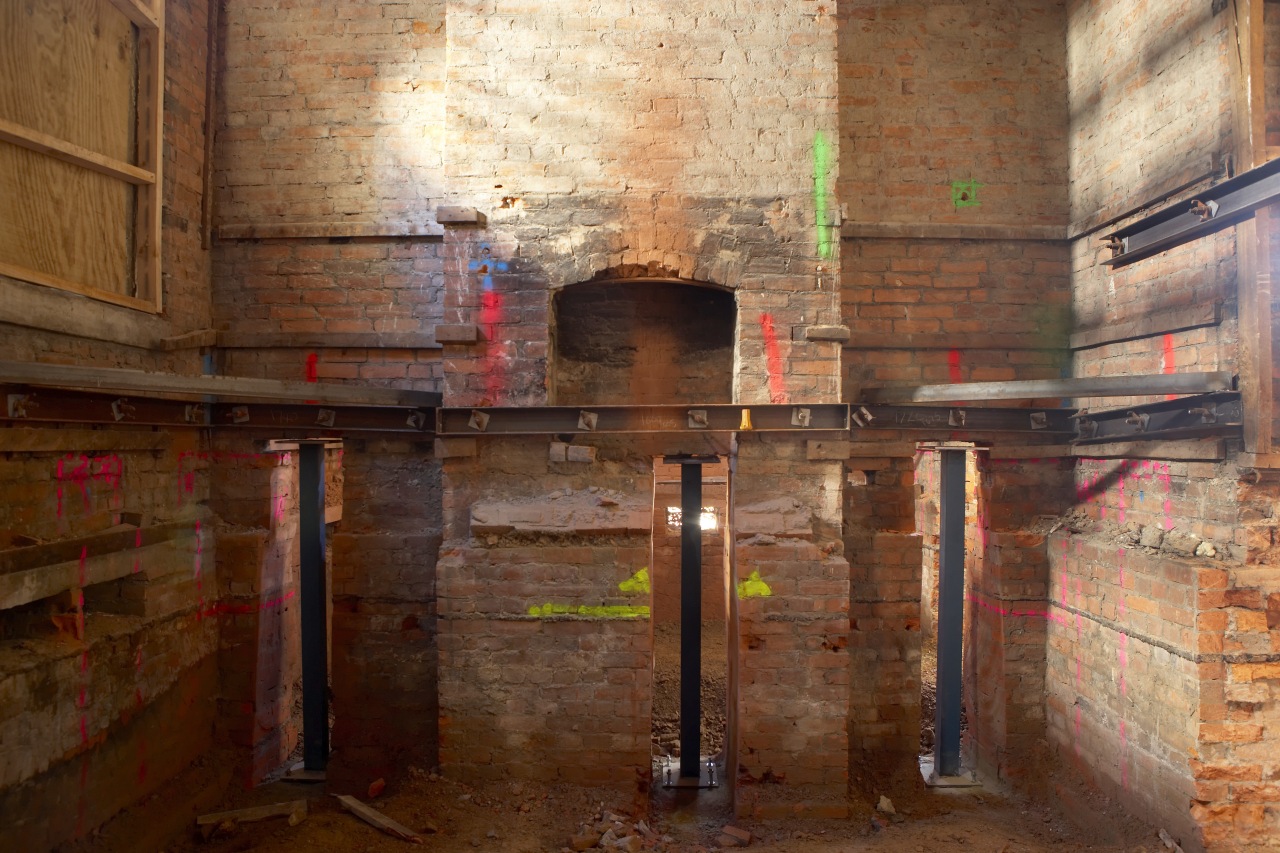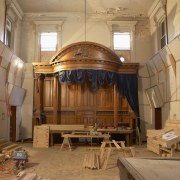Making history
One of the most significant construction projects in New Zealand's history the new Supreme Court is set to add a whole new dimension to our architectural heritage

The opportunity to participate in the construction of a landmark public building is a relatively rare occurrence in New Zealand especially when the building in question merges the old with the new, and plays a significant role in this country's judicial system.
For Mainzeal Property & Construction, however, the contract to build the new Supreme Court in Lambton Quay, Wellington, is a natural progression. The company restored the adjacent Parliament buildings and has worked on many significant heritage projects.
When completed, the new Supreme Court will incorporate a dramatic new structure linked to the historic, former High Court building, which was built in 1881. For this building, Mainzeal is undertaking an extensive renovation programme.
The company's record in historic refurbishments, which has been well documented, was noted by the Minister for Courts, the Hon Rick Barker, when announcing the Mainzeal contract.
"The appointment of Mainzeal, and Warren & Mahoney, reunites the team that made such a magnificent job of restoring Parliament buildings. Such buildings, including the old Government building, help develop a strong sense of national identity, and so too will the new Supreme Court."
The High Court building was the pre-eminent courthouse in New Zealand for 112 years right up to 1993 and the scene of thousands of trials and court cases. The Wellington City Council says the building is of national historical significance it was the first major masonry structure built by the Government in Wellington.

As well as occupying a prominent site in an area that includes a number of historic Government buildings, the High Court building has many key features that set it apart. Its classical architecture, which is reminiscent of the Palladian style, has been noted for its good proportions and distinctive pilasters, parapets and cornices. The interior also, is renowned for the quality of the workmanship. The wood panelling, double stairs to the gallery, and the judge's bench and canopy are all historically significant.
Mainzeal project manager Mike Prince says the company began work on both buildings last October. But before work started on the restoration of the High Court building, Mainzeal removed all the contaminants, which included asbestos. A dilapidation report was then undertaken, and the interior of the building catalogued. All the furniture, doors, windows, skirtings and mouldings were itemised before being stored.
"We also protected all the original wood panelling in the building, by placing sheet materials over the top for the duration of the restoration," says Prince.
The refurbishment has involved four phases to date. The old roofing was removed and the roof structure was strengthened. Walls were then strengthened by the addition of epoxy and steel rods. The next stage involved the removal of the flooring, which then enabled the team to dig beneath the building to form the new foundations.
"Not surprisingly, the building needed to be structurally altered to bring it up to the required standards for earthquake proofing," says Prince. "Effectively, the entire building is being cut off at ground level and re-piled. New base isolators with lead and rubber bearings will provide the necessary seismic protection. These allow ground movement of up to 300mm in any direction."
In addition to this work and the strengthening of the walls and roof, all the exterior pediments and mouldings are being mechanically secured to the building.

Prince says the work on providing the base isolators will take approximately 14 months. After 12 months, Mainzeal will begin the interior restoration.
To date, initial work on the new building has included drilling 37 bored piles, some of which are 20m deep, and 31 screw piles. The company has since excavated the site and formed the first section of the basement slab.
Environmentally sustainable principles have been adhered to wherever possible, in both the design and construction of the court. The new building will feature double glazing and energy-efficient lighting and air-quality control systems.
For more information, contact Mainzeal Property & Construction, phone (04) 802 7900, fax (04) 802 7901. Email: mzwgtn@mainzeal.com, or visit the website: www.mainzeal.com.
Story by: Trendsideas
Home kitchen bathroom commercial design
Diving into nature
Personality plus
Classic looks, contemporary efficiency
Commercial Design Trends Vol. 24/4
This edition of Commercial Design Trends celebrates knowledge with an array of educational and research facilities that ...
Read More







